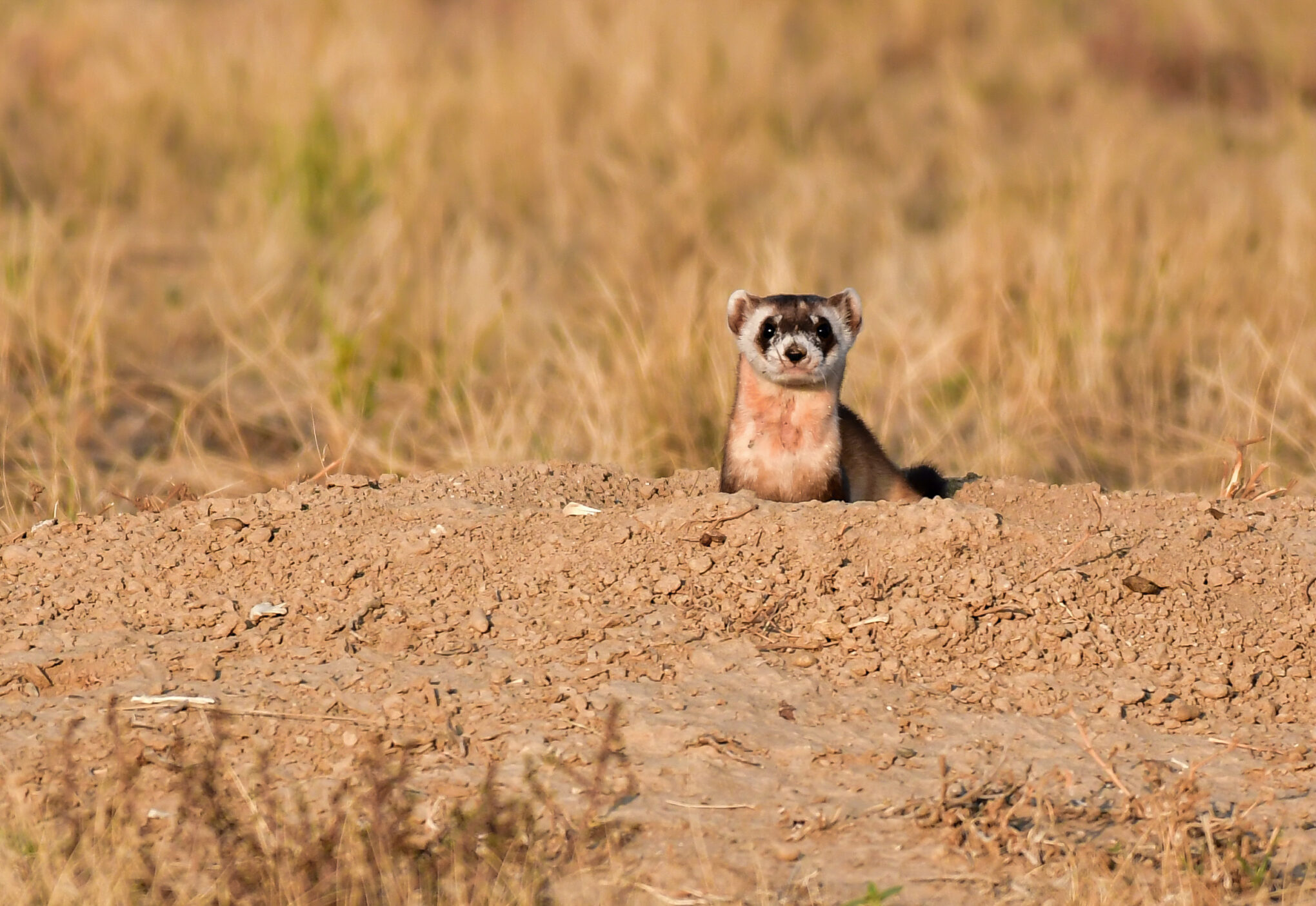
CASE STUDY
PROJECT BRIEF
Understanding the key drivers influencing wildlife habitat suitability and species richness across the Great Plains can inform sustainable ranching practices that support both livestock production and biodiversity conservation

PROJECT DESCRIPTION
The North American Great Plains are home to the largest remaining native grasslands in the country, providing critical habitat for iconic wildlife and serving as valuable rangeland for cattle grazing. However, less than half of the historic Great Plains grasslands remain today, with ongoing losses predominantly driven by conversion to row-crop agriculture. While poor rangeland management can also contribute to grassland degradation, livestock production and biodiversity are not mutually exclusive. Sustainable grazing practices can support both.
To guide effective land management and conservation efforts, we need a clear understanding of where wildlife occurs and what factors shape habitat suitability across the Great Plains region. At CSP, we are using advanced modeling to map suitable wildlife habitat and identify the key drivers influencing grassland biodiversity, focusing on the roles of ranchland, native grasslands, and row-crop agriculture. Our goal is to understand how habitat suitability and species richness vary across land uses in the Great Plains, particularly on ranchlands, and to determine which management strategies and environmental conditions best support biodiversity.